Analyzing Trends
Global Cultural Dynamics 2035
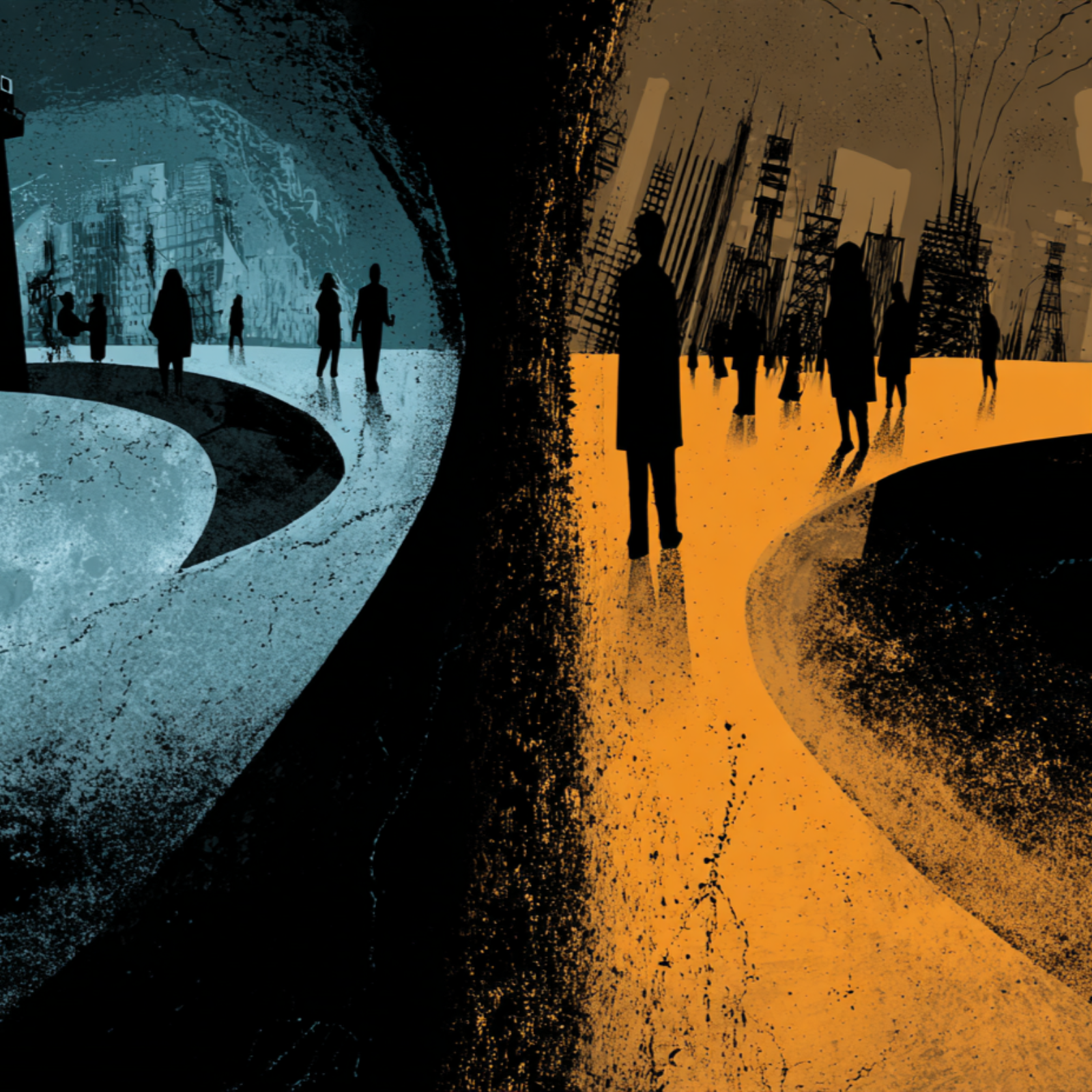
The old categories that divided the West as open and individualist and the East as closed and collectivist no longer hold. In 2025 the United States narrows belonging despite its immigrant foundations, China’s youth turn from duty to self-care, Japan and South Korea cautiously open as demographics decline, and Latin America exports hybridity through music and digital culture even as politics remain unsettled. These shifts show that cultural dimensions are in motion and the familiar map has broken down.Understanding these changes requires a method that reads culture as a living system of narratives and archetypes. What matters is ho...
Mapping the Next Television Era

The 2025 Emmy Awards were more than a night of celebration. They offered a glimpse into where television might be headed. The winners reflected an industry that has moved past the height of Peak TV, when lavish budgets and endless new dramas defined the landscape. What we saw instead was a field in transition, adjusting to new financial realities and changing audience expectations. Television now sits between spectacle and sustainability. Prestige dramas still carry cultural weight, but they are harder to justify in an era of tighter margins. Meanwhile, leaner shows with reliable rhythms are earning recognition of their own...
After the Social Network

The internet began as a research network. It was built to move facts between people who needed to verify one another. The social era translated that spirit into a single public square and promised that connection would produce clarity. What it produced at scale was a feed. The feed made attention cheap and trust fragile. Today, trust in news sits around 40 percent and younger audiences reach for creators and closed groups before they reach for institutions. That is not a moral failure. It is a structural outcome of how we built discovery and reward.
Seeing Things: Cultural Hallucinations and the Future of Design Thinking and Foresight

Hallucination is not a malfunction but a feature of cognition. When signals are thin or ambiguous, the mind completes the picture, blending memory, expectation, and feeling into a coherent scene. In 2025 that architecture meets an anxious, high-velocity information climate, so pattern-seeking both comforts and misleads. Seen this way, hallucination offers a framework for design practice and foresight: a generative spark that opens possibility and empathy; a source of error that breeds false certainty and seductive stories; and a diagnostic of context that exposes the conditions shaping perception. The link to making is direct. Human intelligence moves through imagination that...
The Quiet Crack - What Alien: Earth gets right about hybrid life and why it matters at work.

This Labor Day has me thinking about monsters. Not the ones that chase you, but the kind that smile from a dashboard and tell you everything is fine. Alien: Earth gets this right. Its hybrid child is a mirror for a work life where people move beside machines and the line between the two keeps shifting.
When Brands Break Culture
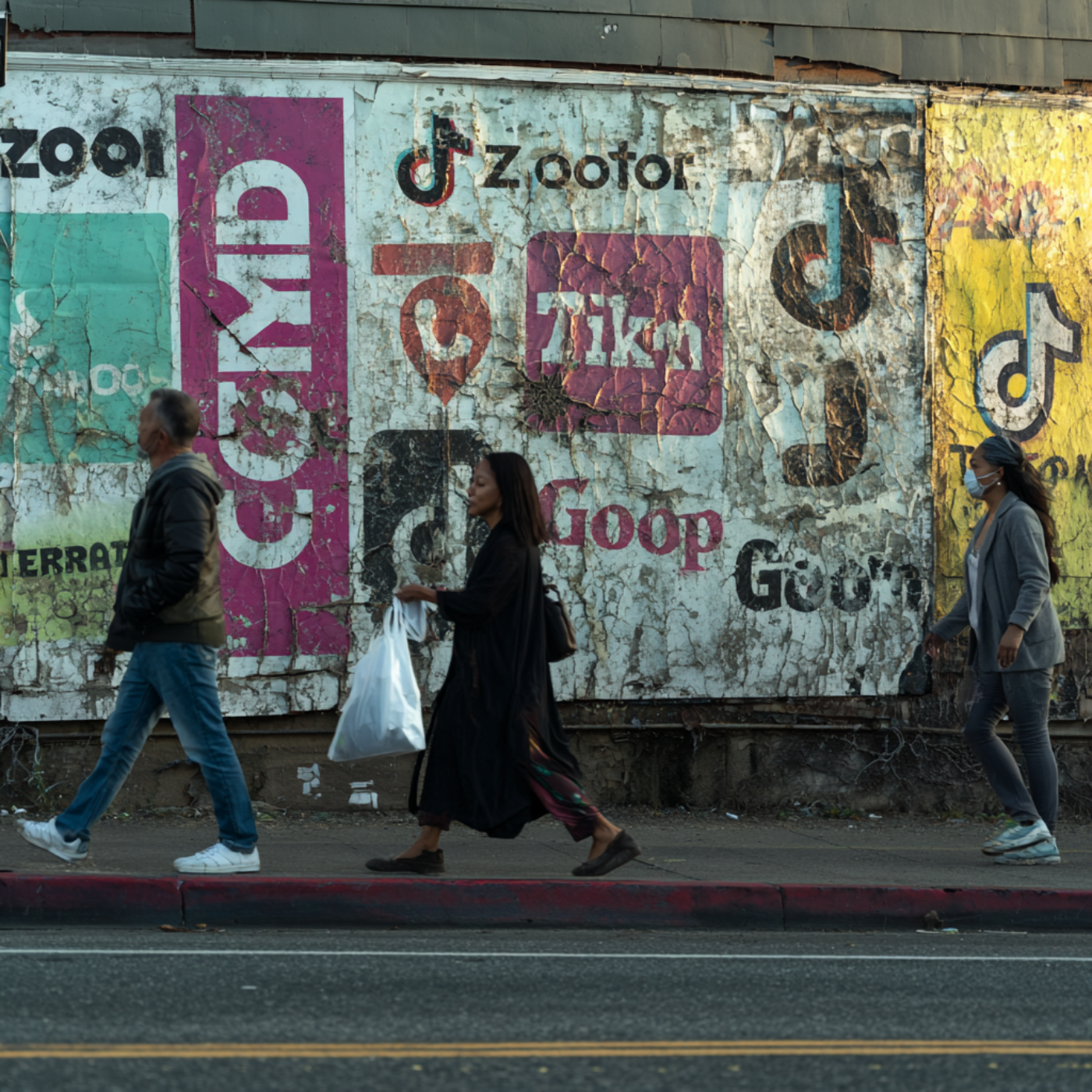
In 2025, branding no longer works the way it once did. Trust is in sharp decline, with fewer than half of consumers believing brands are honest about their values, even as expectations continue to climb. A majority of Gen Z want brands to drive social change, but only a fraction believe they actually follow through. What has emerged is a culture of emotional saturation: campaigns filled with the language of care, belonging, and vulnerability that often serve more as viral theater than genuine support. This shift did not happen overnight. The roots go back to the 2008 recession, when disruption was...
Edges & Intelligence
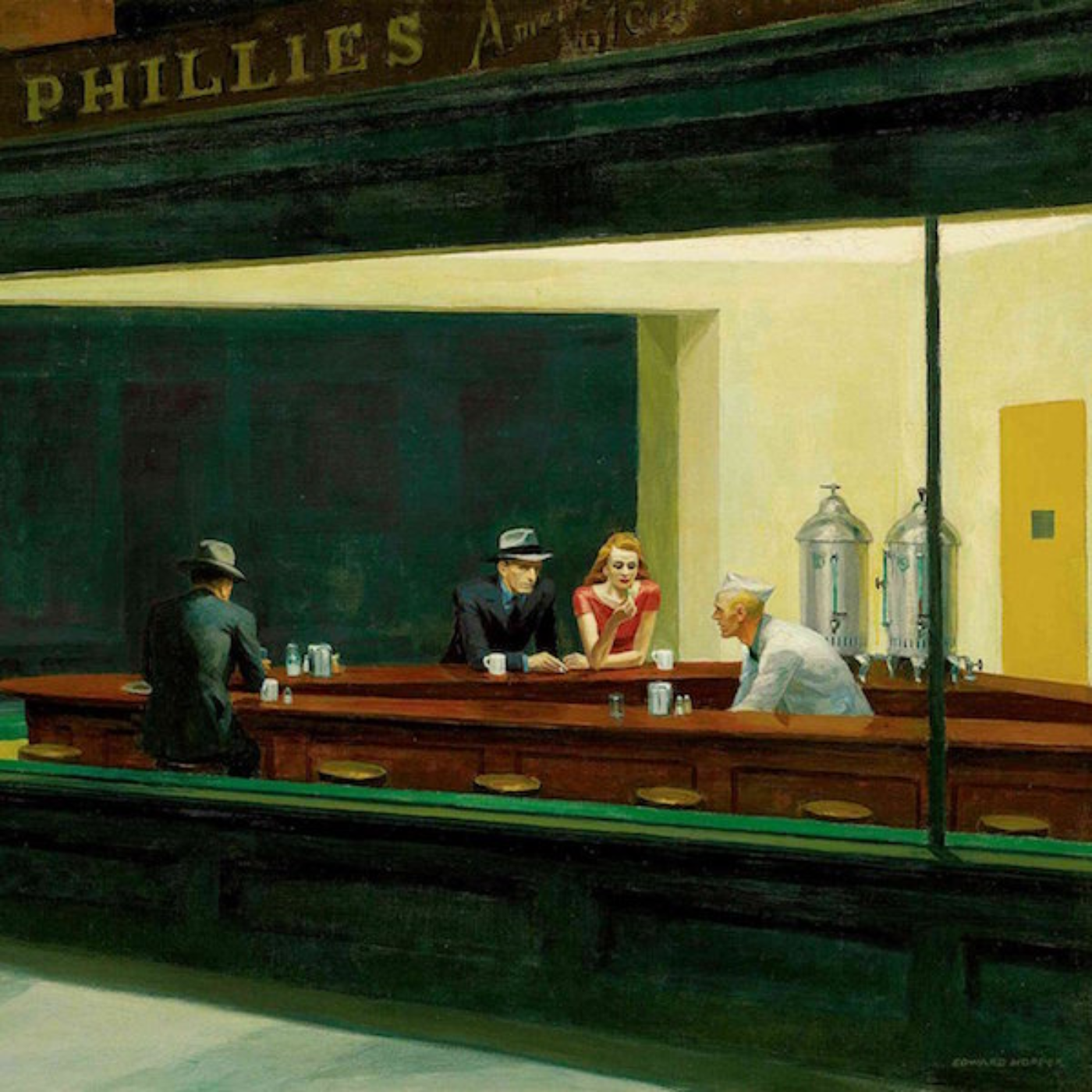
An edge is not missing data. It is the instruction set for seeing. That came into focus after I watched a Google Gemini clip that tried to “walk into” Nighthawks and filled the frame with plausible alleys and doors. The location that inspired the painting sits at the corner of Greenwich Avenue and West 11th Street, on the block I have lived on for more than thirty years, so the difference between a boundary and a blank is not theoretical. In art, the frame tells you what not to cross. In a city, the curb and corner teach how a bl...
The Dead as Cultural Mirrors
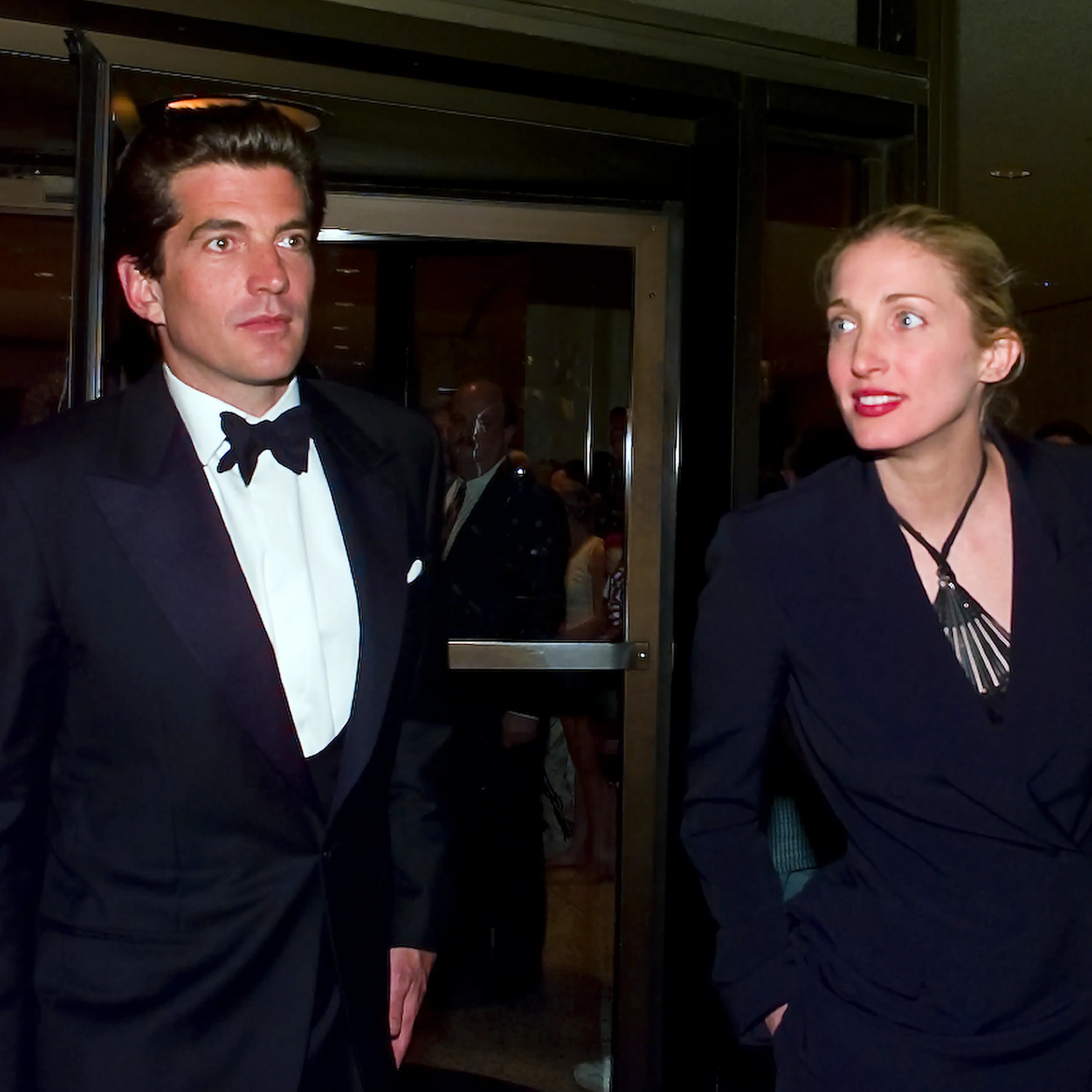
In 2025, performative culture has no pause button. Every public figure is locked in a constant loop of self-presentation where each move is dissected, reframed, and turned into content within hours. Visibility is the currency, but fatigue is the price. In semiotic terms, the living operate as open texts, their meaning always in flux and vulnerable to reinterpretation. In that environment, the dead begin to look like they have the advantage. Their stories are complete, fixed in form, and free from scandal, brand missteps, or awkward pivots that demand rewriting. They become closed texts, stable symbols in a culture that...
Rethininking Culture in Fashion

When a global sportswear giant was called to account for releasing a sandal that closely mirrored a traditional Oaxacan design, it became clear that the debate over cultural appropriation in fashion is no longer confined to the margins. Such controversies are unfolding in a legal and cultural environment where origin stories are scrutinized and communities have greater power to demand recognition and restitution. They are also reminders of a longer history in which garments like the Indian jodhpurs were absorbed into Western fashion until their origins faded from view. The challenge for the industry now is to confront how...
Who Owns Innovation?

Innovation isn’t just about ideas; it’s about who controls the language that defines them. When Elon Musk declared that xAI would no longer use the term researcher, it wasn’t just a semantic tweak. It was a signal. Stripping out that label repositions authority, redefining who gets to build, who gets to ask questions, and who is no longer seen as essential to the process. Language like this doesn’t simply reflect an internal culture shift; it actively enforces it. Across the tech industry, similar moves are quietly reshaping how innovation is governed. As terms like researcher, ethicist...
Shibboleths in Branding

In cultural theory, a shibboleth is a subtle signifier that identifies group membership. Originally a linguistic term, it has evolved to describe any behavioral, visual, or contextual cue that functions as an insider signal. In branding, shibboleths are the unspoken codes that mark shared knowledge, emotional resonance, or value systems. They are often embedded in language, design affordances, rituals, or interface behaviors. Brands that use shibboleths effectively do not rely on loud slogans or explicit marketing. Instead, they create a sense of belonging through subtlety, requiring fluency to fully access the value. These codes help brands become more than...
Beyond Emotional Branding

In a world where brands function as cultural artifacts rather than just commercial entities, traditional metrics no longer tell the full story. To understand a brand’s true value and its potential for longevity, we must move beyond surface-level sentiment and transactional data. What matters now is resonance: the ability of a brand to align with evolving cultural narratives and systemic realities. This means decoding how brands participate in shared symbols, respond to shifting social norms, and integrate into the broader ethical and ecological structures shaping our future. Resonance is not just a measure of relevance. It is a me...
Decoding Scapegoats
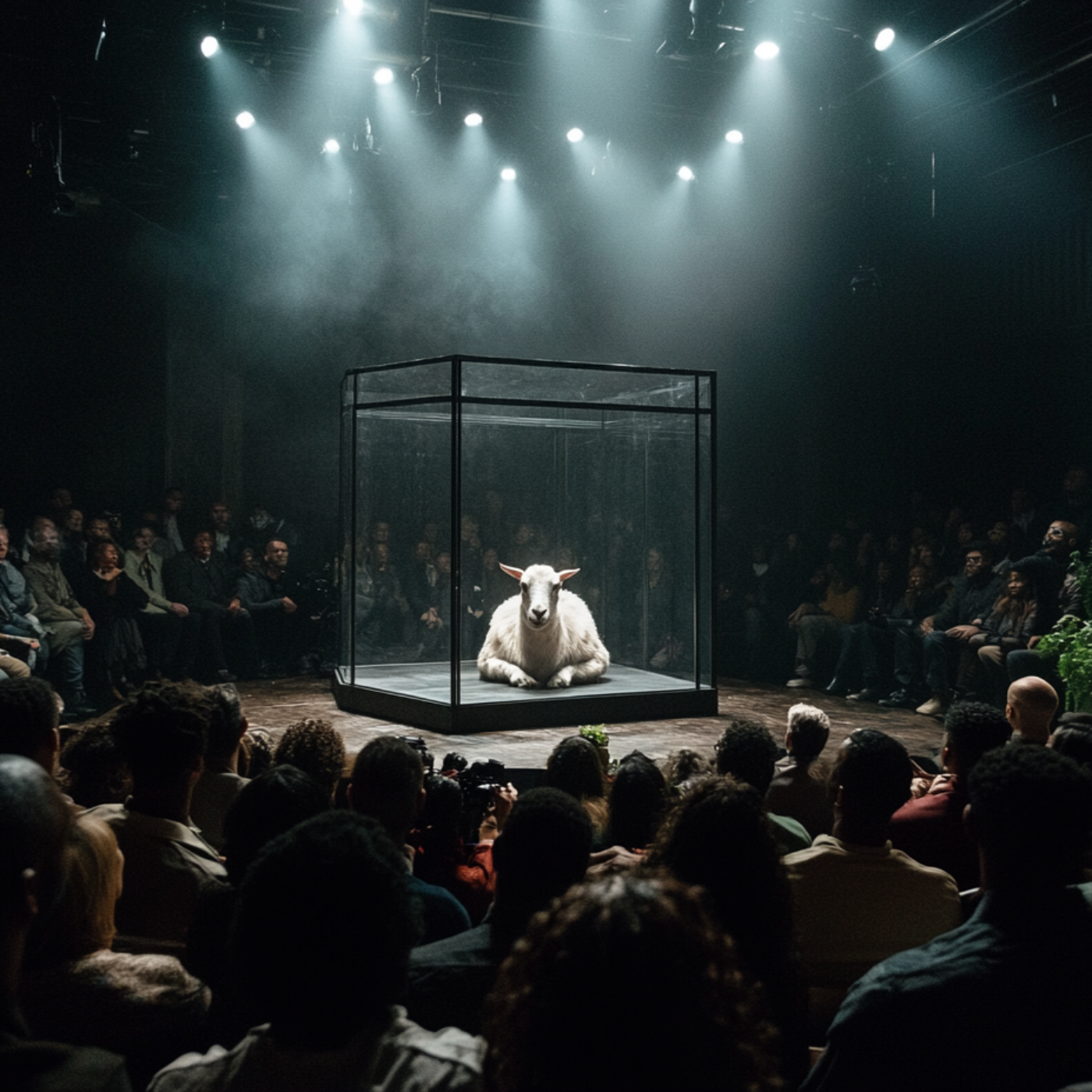
Scapegoating in contemporary culture reveals a deeper failure not only in public discourse but in the way research and foresight are practiced. When societies assign blame to symbolic targets such as migrants, youth, AI, or academic institutions, they often reflect a broader discomfort with complexity, ambiguity, and systemic accountability. These patterns of blame are not merely sociopolitical but point to a crisis in how knowledge is produced and applied. Traditional foresight practices that rely heavily on linear trends, quantifiable data, and sanitized narratives fail to account for the emotional, symbolic, and narrative dimensions of collective behavior. To move forward...
Rethinking the Unknowns

In the wake of this weekend’s strike on Iran, the urgency to reassess how we understand uncertainty is clear. Strategic decisions are often driven by what appears to be missing, yet the real blind spots may lie in how meaning is constructed and perceived. A mixed-method approach that combines scenario planning, cultural analysis, and psychological models like the Johari Window offers a more complete way to navigate complexity. It moves beyond filling data gaps and instead focuses on understanding the narratives, identities, and emotions that shape global events.
Measuring the Irrationality of Culture
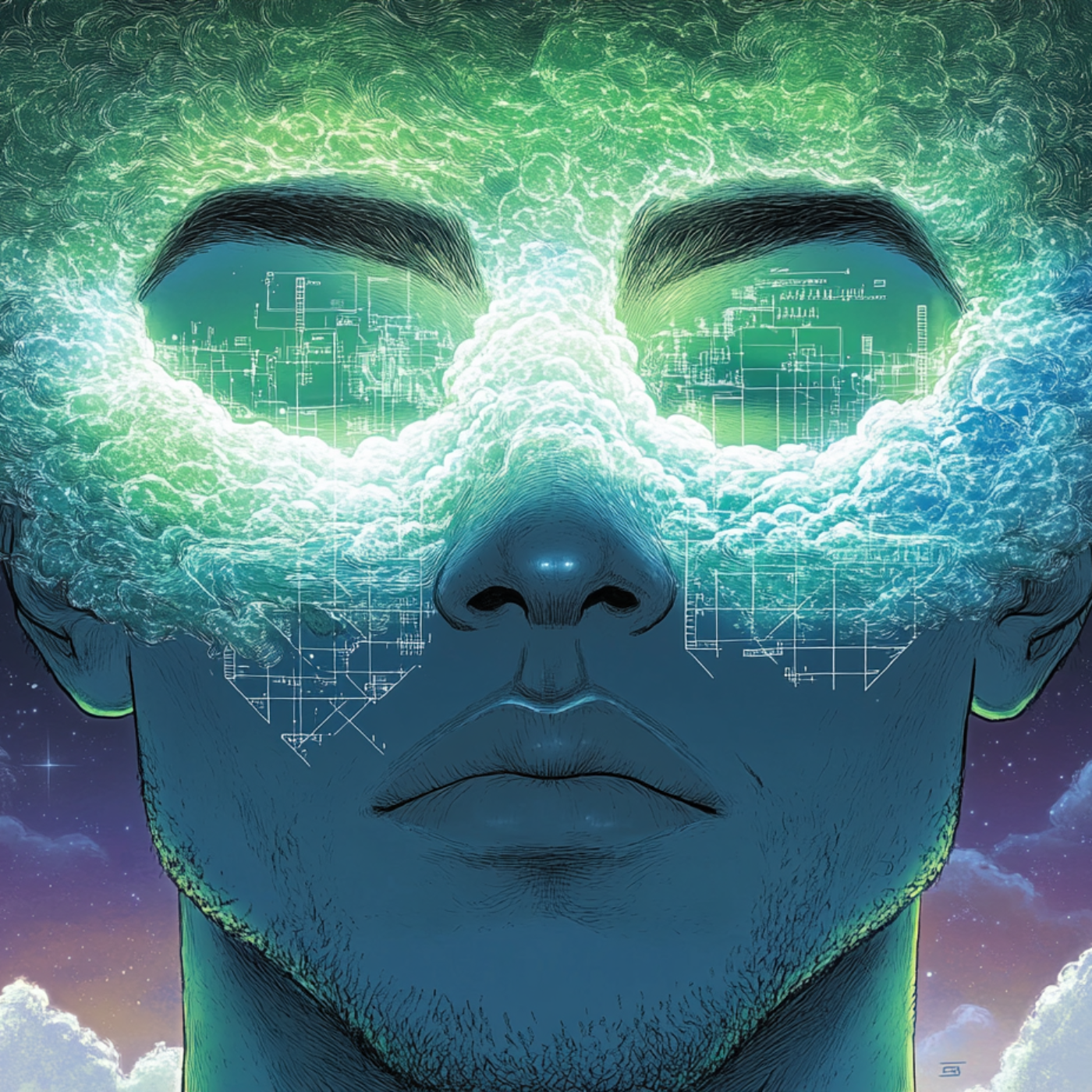
Cultural behavior rarely follows a straight line. What looks irrational on the surface often reflects deeper emotional logics, shifting norms, and emergent values. This piece explores how strategic foresight can move beyond binary thinking to recognize ambiguity as a key signal, not a flaw in the system. Using a Bayesian framework, it highlights how patterns like solo living, intragenerational tension, and hybrid urban resistance offer measurable insights into how culture is evolving. Rather than seeking clarity too quickly, the analysis embraces contradiction, showing how foresight becomes stronger when it listens more carefully to what doesn’t fit. GenAI plays a...
Foresight as Augmented Memory

In a world increasingly shaped by GenAI, memory becomes an active tool for understanding, not just a static archive of the past. Rather than offering linear predictions, GenAI helps us uncover forgotten narratives, buried assumptions, and long patterns that still influence the present. It allows us to reorganize history across multiple timescales, revealing how emotional resonance, environmental shifts, and cultural habits converge in ways we often overlook. This turns foresight into more than a forward-looking practice. It becomes a form of intentional remembrance, prompting us to ask which stories we carry, which we silence, and how those choices shape...
Revealing Implicit Cultural Domains

In a world focused on logic and optimization, the real forces shaping our future often exist beneath the surface in the quiet codes of culture. From the design of suburban lawns to the voices of digital assistants, everyday elements carry hidden narratives. These implicit cultural domains are not random; they are inherited and deeply influential. Understanding them calls for intelligence that sees contradiction as meaning and uses that insight to design futures grounded in both human complexity and cultural truth.
Sport Design Futures: From Social Change to Data‑Driven Play

In this episode of Analyzing Trends, we explore how sport is evolving from a stage of protest and identity to a site of technological transformation and social impact. From the legacy of athlete-activists to the rise of biometric performers and subscription-supported creators, we unpack how sport is not just mirroring culture—it is shaping it. Through the lens of design, policy, and cultural foresight, this episode challenges us to think beyond the arena and into the systems, platforms, and futures that define what it means to play, perform, and belong.
The Ozempic Era of Food and Health

Metabolic health is no longer just a medical issue. It is a cultural flashpoint shaping body image, social equity, and how communities build trust. What began as a pharmaceutical breakthrough is now influencing the way people eat, connect, and express identity. The deeper story is not about the drug itself. It is about the systems and symbols people use to navigate it.We used our AI-augmented Crisis Subcultures Toolkit to explore the deeper connections between internal stakeholders and both internal and external subcultures. This method reveals how influence flows through institutions, grassroots networks, and fringe communities. The future is...
The AI Purity Test
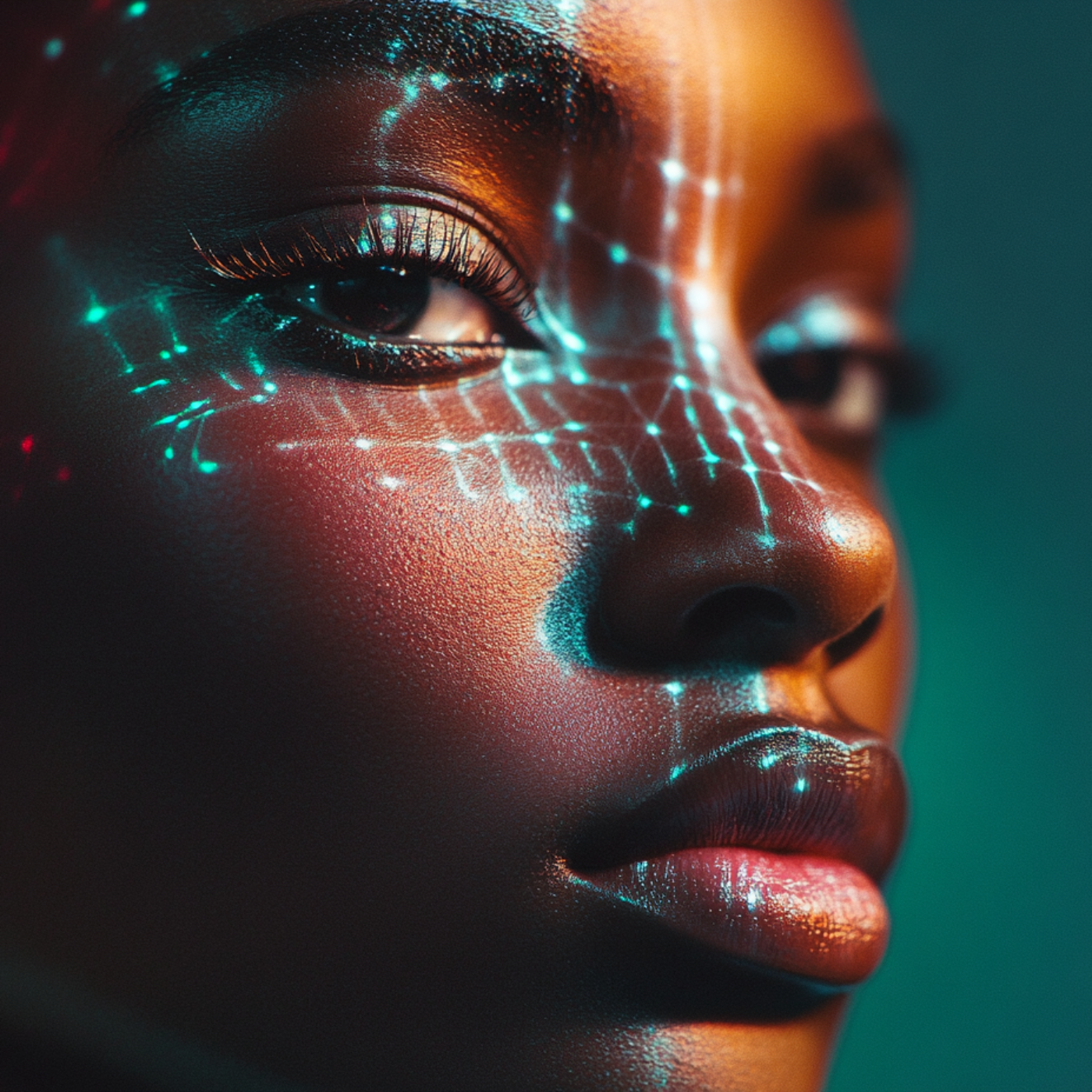
In this episode, we explore the rise of the AI purity test, a new social instinct that quietly judges people based on how they use artificial intelligence in their work. From subtle comments about writing that feels too polished to deeper assumptions about effort and authenticity, we look at how these judgments are shaping creative and professional spaces. Through themes like Rich Reset Culture and Deepfake Normal, we examine how privilege influences who gets to reject AI and who relies on it to keep up. This is not just a story about technology but about status, design, and what...
Let Machines Be Machines

What if the future of AI wasn't about making machines more human, but about helping humans better understand themselves? In a world increasingly shaped by frictionless communication and emotionally polished chatbots, we’re beginning to trade the messy, imperfect, deeply human textures of interaction for something eerily seamless. This podcast explores how generative AI is not just changing how we talk—it’s quietly reshaping what we value in emotional labor, empathy, and connection. From the Eliza Effect to Her and Interstellar, we dig into the cultural and ethical stakes of designing AI that doesn't just imitate us—but influenc...
The Ghosted Generation

In a culture that often confuses performance with participation, quiet departures are becoming more common. Ghosting is no longer just avoidance—it reflects a shift toward self-preservation, emotional boundaries, and the desire for more intentional forms of presence. Amid digital fatigue and fractured generational norms, some are not just disappearing but learning how to exit with care.
Reclaiming the Power of Archetypes
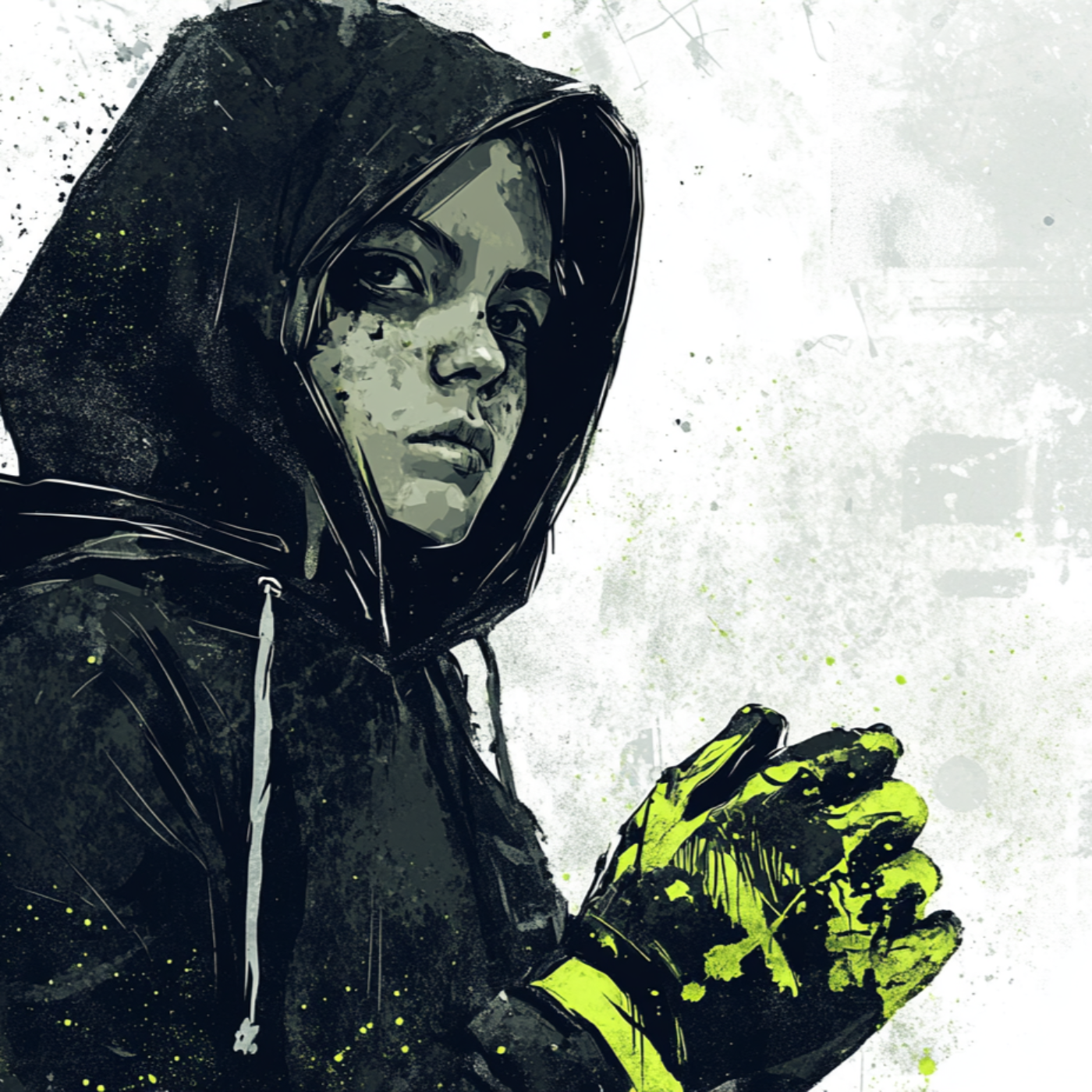
To track the future, we need more than data. We need meaning that can be measured. Archetypes, when combined with semiotic analysis and structured foresight techniques, help make sense of cultural shifts that feel ambiguous or hard to quantify. They give structure to how people process change, revealing deeper symbolic patterns behind what may seem like noise.This is not just about interpretation. It can also lead to new kinds of measurement. When integrated into tools like narrative matrices, cultural signal tracking, and competing hypotheses, archetypes help turn abstract social facts into observable trends. They make it possible to...
The Myth Beneath the Dream
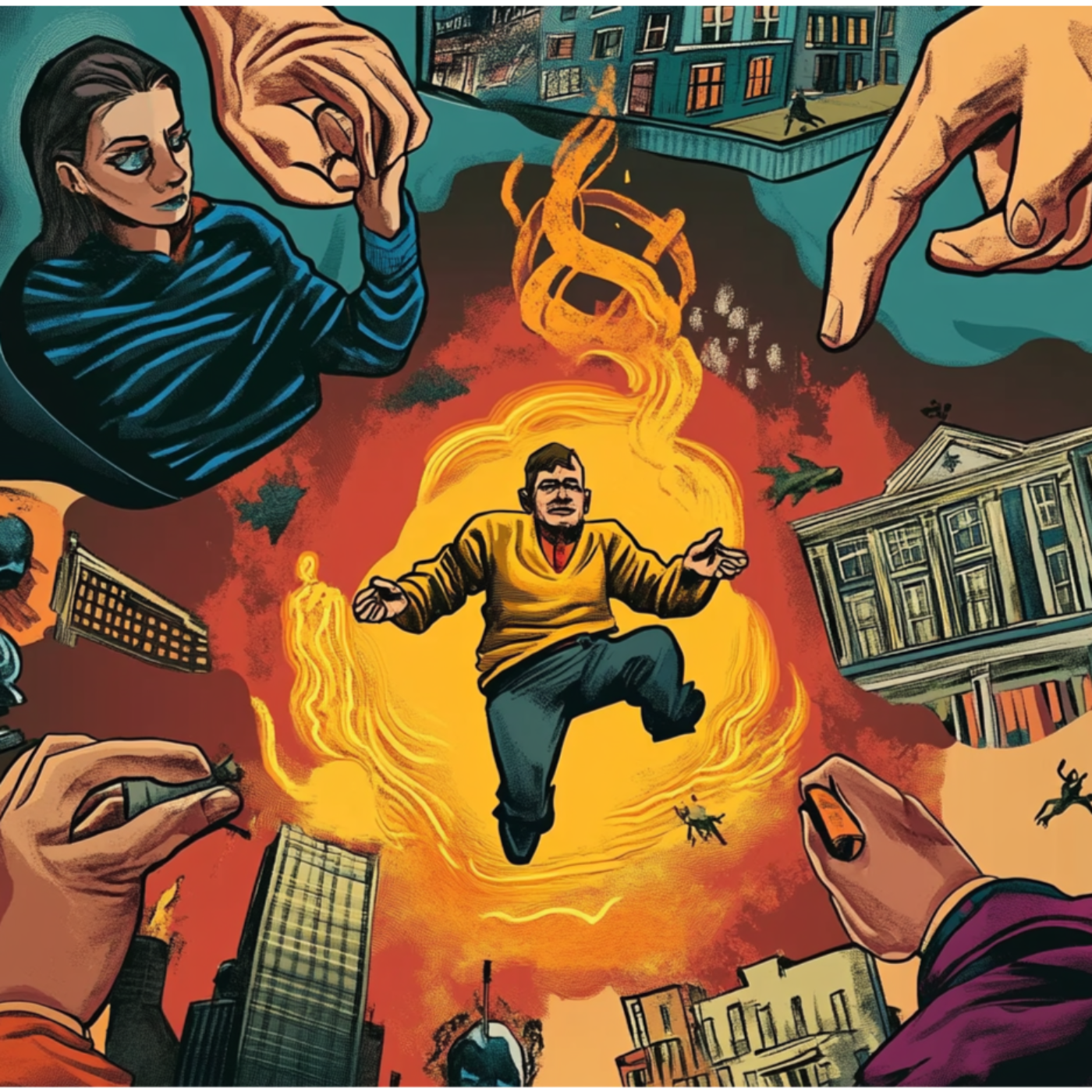
What happens when a nation’s most enduring promise starts to feel like an outdated script? This piece explores how the American Dream, long upheld as a cultural constant, reveals itself not as a policy framework but as a mutable story—one told through architecture, advertising, media, and ritual. As that story fractures under the weight of shifting realities, narratology offers tools to decode what’s changing and why it matters. And now, with generative AI acting as a mirror to our collective imagination—sometimes distorted, sometimes revealing—we’re presented with a new kind of storytelling partner. One that doesn’t...
Crate Digging for Intelligence

What if we understood intelligence not as something machines possess or mimic, but as a shared, creative process that evolves through collaboration? Drawing inspiration from the history of music sampling, this perspective invites us to see AI not as a replacement for human thought but as a tool for remixing meaning, shaping context, and amplifying perception. From reel-to-reel tape experiments to transformer models, the future of intelligence lies in how we design systems that support curiosity, pattern recognition, and co-creation.
The Engineered Isolation of Modern Masculinity

Modern masculinity is increasingly shaped by digital isolation, economic instability, and rigid social expectations, leaving many young men struggling to find identity and purpose. Social media algorithms and cultural narratives amplify hyper-individualistic ideals, reinforcing alienation and reactionary behaviors. Historically, masculinity has been fluid, but contemporary models often fail to adapt to changing societal and economic landscapes. A healthier approach requires redefining success, improving media representation, fostering emotional intelligence, and redesigning social and digital spaces to encourage collaboration, resilience, and meaningful community engagement.
Liquid Learning Futures
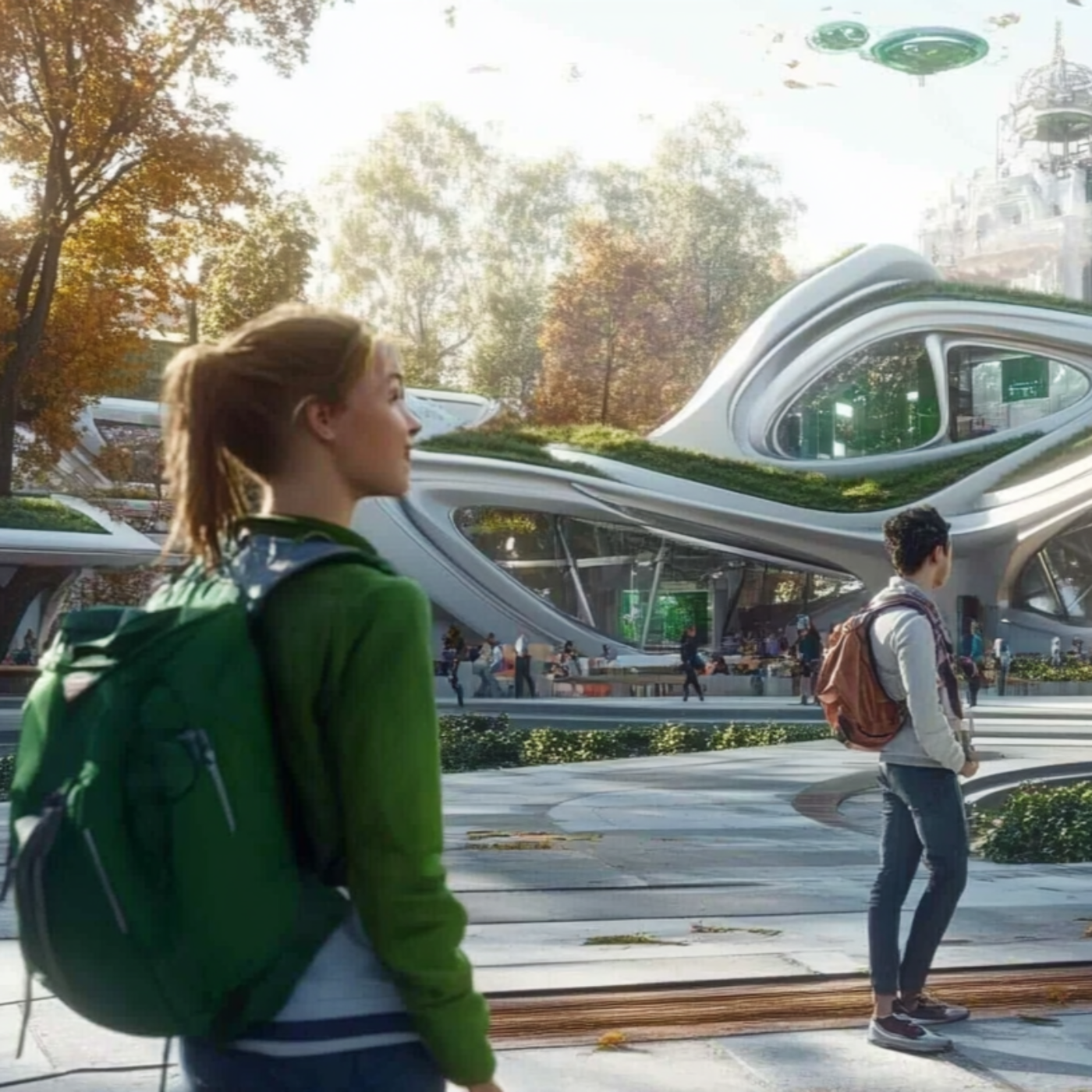
Higher education is undergoing a transformation as traditional disciplinary boundaries give way to more fluid, adaptive learning models shaped by technology and interdisciplinary collaboration. The shifting role of language in education highlights how frameworks of meaning evolve in response to societal and technological change, influencing the way institutions define knowledge and engagement. As artificial intelligence, hybrid learning, and narrative-driven curricula become central to the educational experience, institutions must refine their approaches to ensure inclusivity, adaptability, and meaningful learning outcomes in a rapidly changing world.
Quiet Luxury Never Left, It Just Got Louder

Fashion is more than just changing trends—it’s a living, breathing design language that reflects how we see ourselves and engage with the world. As micro-uniforms emerge at the intersection of quiet luxury and maximalism, they reveal a shift from passive style consumption to active cultural participation. By decoding these evolving signals, we uncover how fashion is not just an aesthetic choice, but a dynamic system of meaning-making, shaping both individual identity and collective belonging.
Analyzing Possible Futures Using Structured Analytic Techniques

Students in the Analyzing Trends course at Parsons School of Design used SATs to explore four key areas that will shape human life over the next fifty years: cities, education, fashion, and work. Their work revealed both exciting possibilities and deep vulnerabilities that society must address to create a better future. In the case of cities, privatization may make urban environments more efficient, but it also threatens to exclude lower-income residents from essential services. If corporate-run districts replace public spaces, people may lose access to the parks, libraries, and transit systems that allow communities to thrive. This shift could...
The Semiotics of the New Populist Identity

Populist movements in 2025 are not merely reactionary forces but evolving cultural entities shaped by digital communities, linguistic codes, and ideological paradoxes. These movements leverage humor, aesthetics, and redefined political language to navigate tensions between decentralization and centralized figures, reflecting deeper power struggles beyond traditional populism. By analyzing these networks of meaning through semiotic foresight, we can move beyond oversimplified labels and better understand the cultural and strategic dynamics at play in contemporary political realignments.
The Future of Fashion in a Post-Global World

As Shein faces mounting investor pressure and regulatory scrutiny, the future of fashion manufacturing and consumption is set for major transformation. This discussion explores how strategic foresight can help brands navigate a post-global world by shifting from mass production to decentralized, AI-driven, and consumer-participatory fashion models. By examining possible futures, from collapse to transformation, we uncover how brands can prepare for localized manufacturing, empower consumers as makers, and adapt to evolving economic and policy landscapes.
Intragenerational Animus & the Riddle of the Sphinx

The struggle between past and future is nothing new, but for Gen Z, the stakes feel higher than ever. As they navigate deep internal divides, their choices will not only define their own identity but also set the course for the world Gen Alpha will inherit.
Orange Juice Identity Crisis
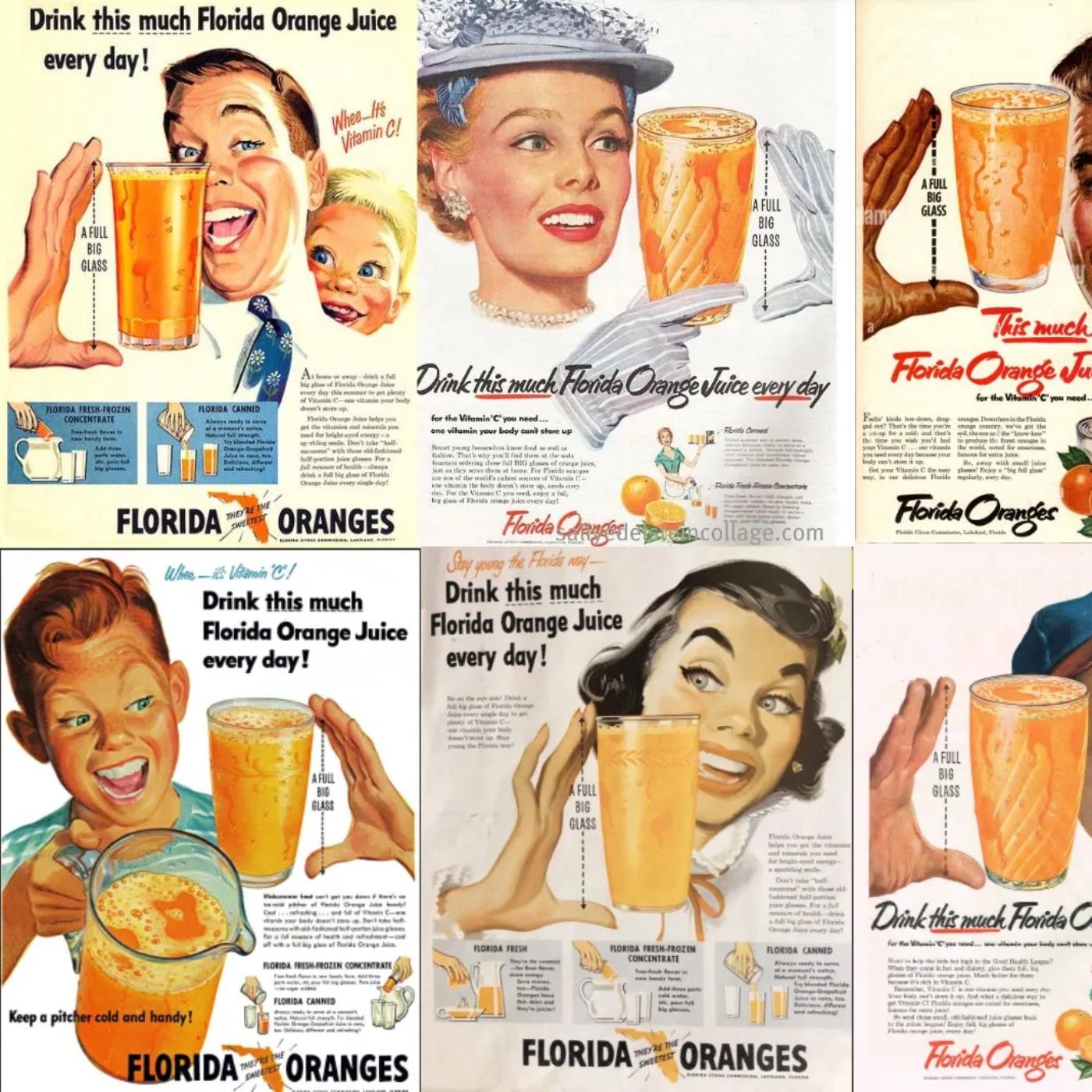
Orange juice is experiencing a cultural identity crisis as shifting health narratives, climate instability, and changing consumer preferences erode its historical relevance as a breakfast staple. Culture Mapping reveals the ideological tensions between its nostalgic image and modern wellness trends, while Resonance Analysis highlights the failure of brands to emotionally connect with younger consumers seeking functionality, authenticity, and sustainability. To regain relevance, the industry must reframe OJ’s identity beyond breakfast, embracing personalization, transparency, and innovation in functional beverages.
Post-Post Truth Futures

In 2025’s Post-Post-Truth era, brands must navigate fragmented narratives, algorithmic bias, and misinformation. Success hinges on adaptive storytelling, real-time AI insights, and cultural semiotics. Strategic agility, predictive modeling, and decentralized trust systems will define resilient brand influence.
The Algorithmic Flâneur

The concept of the algorithmic flâneur reimagines the traditional urban observer as an AI-augmented entity that navigates digital landscapes to uncover hidden cultural patterns, resist bias, and enhance strategic foresight. By integrating AI into cultural analysis, this approach enables the identification of emerging trends, engagement with subcultures, and the mapping of semiotic shifts beyond dominant algorithmic narratives. Ultimately, AI as a flâneur serves as a critical tool for expanding perception, challenging homogenization, and fostering a deeper understanding of cultural complexity in the digital age.
Contrasting Trends from 2020 & 2025

Trends from 2020 to 2025 reveal dynamic patterns of continuity, contrast, and evolution. These shifts showcase how cultural, technological, and social narratives adapt and diverge over time.
Crisis Subcultures
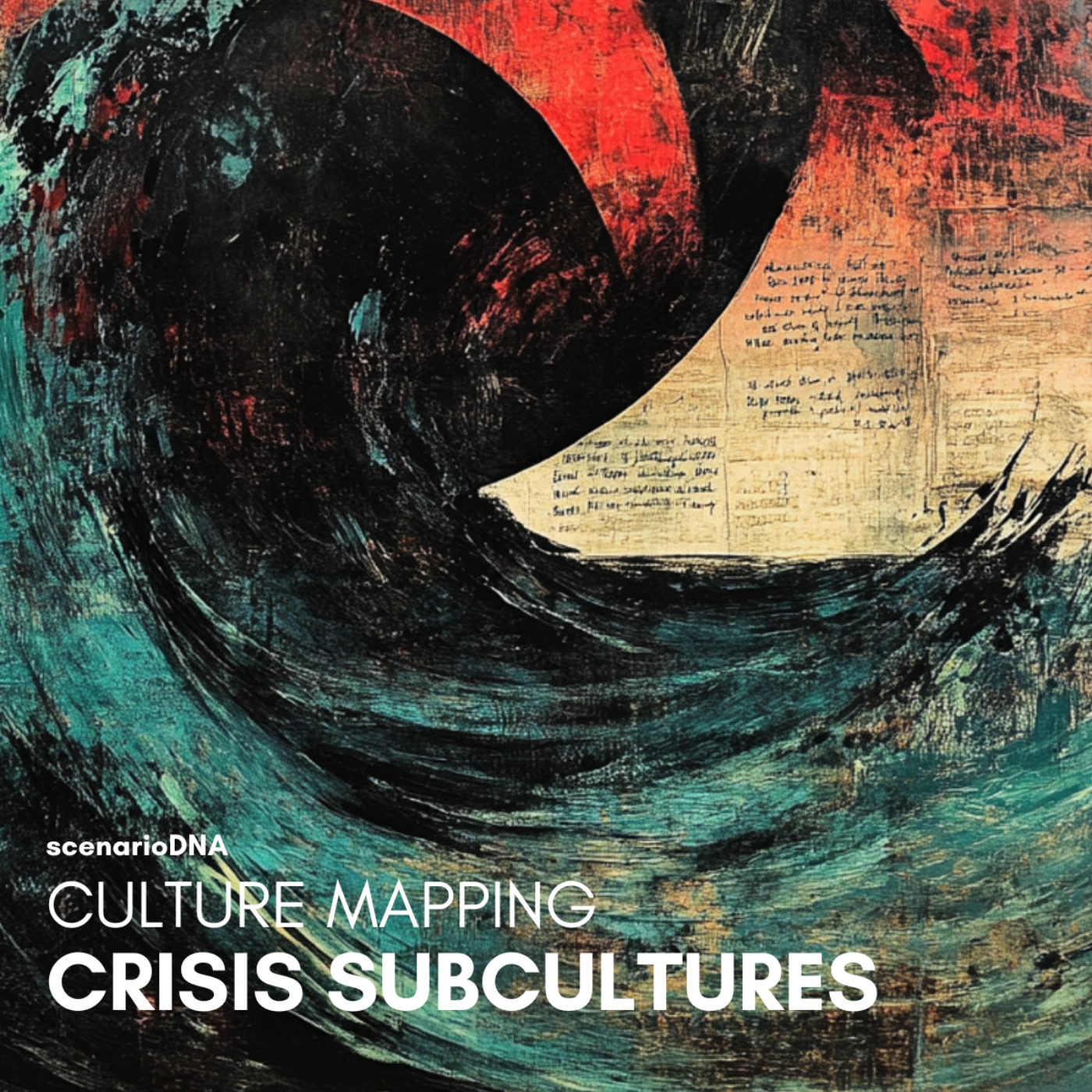
A discussion of the gaps in understanding the full dynaamics of culture in crisis managment and how to use Culture Mapping as a framework for using Generative AI to develop more robust strategic foresight simulations that connect crisis stakeholders, internal crisis subcultures and external subcultures in the context of complex evolving crisis events.
How We Live with Technology in 2025
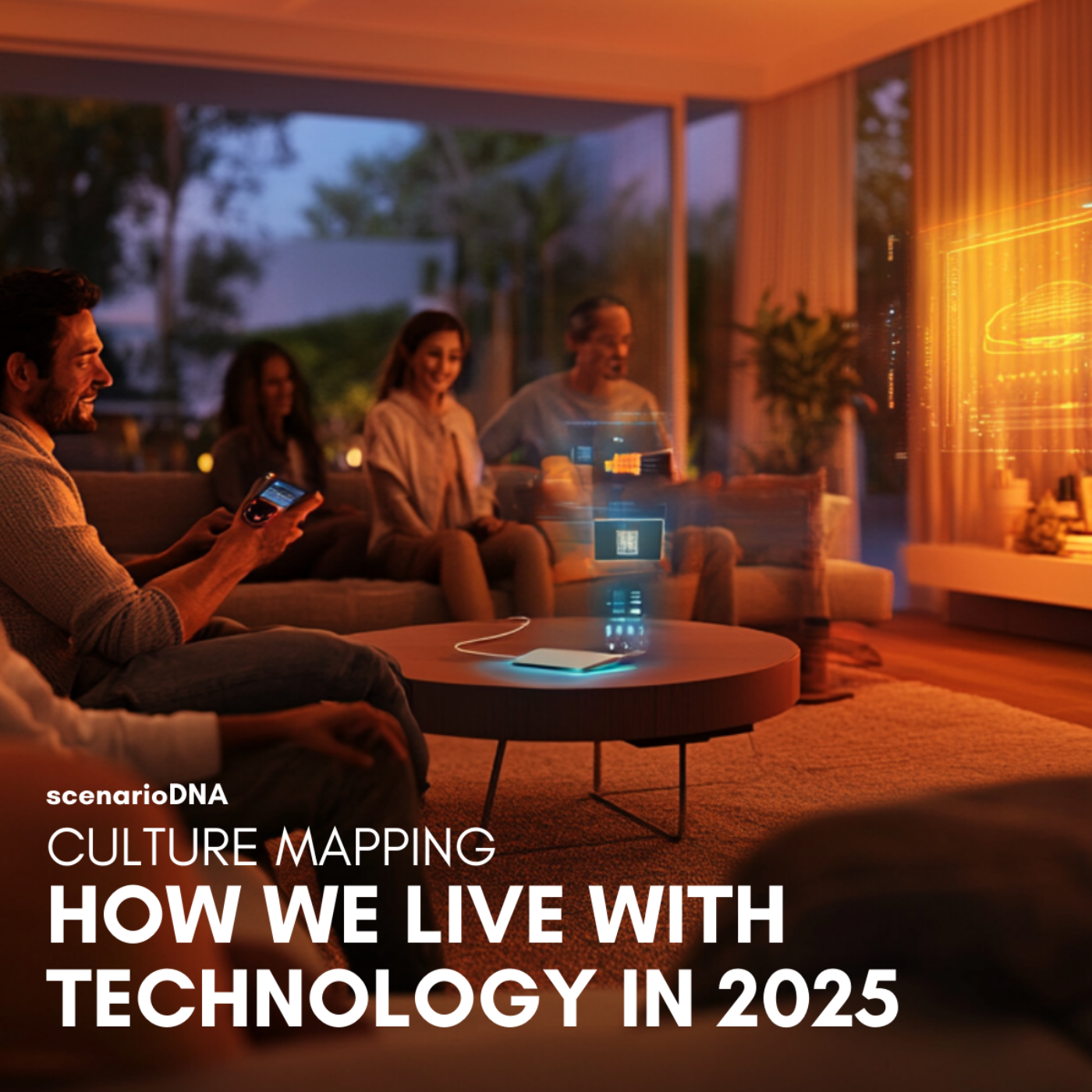
This report explores how emerging technologies reshape living in 2025 by analyzing product trends from CES 2025, focusing on climate adaptation, sensory immersion, personalized healthcare, and hybrid work. It highlights sociolinguistic insights and cultural dynamics driving innovation and transforming human experiences.
2025 Trend Themes 2

The 2025 report analyzes Rich Reset Culture, Paradoxical Populism, Inclusion Counter-Reformation, Beyond the Lone Wolf, and Aging Invisibility, offering insights and strategies to address these trends.
Measuring Resonance
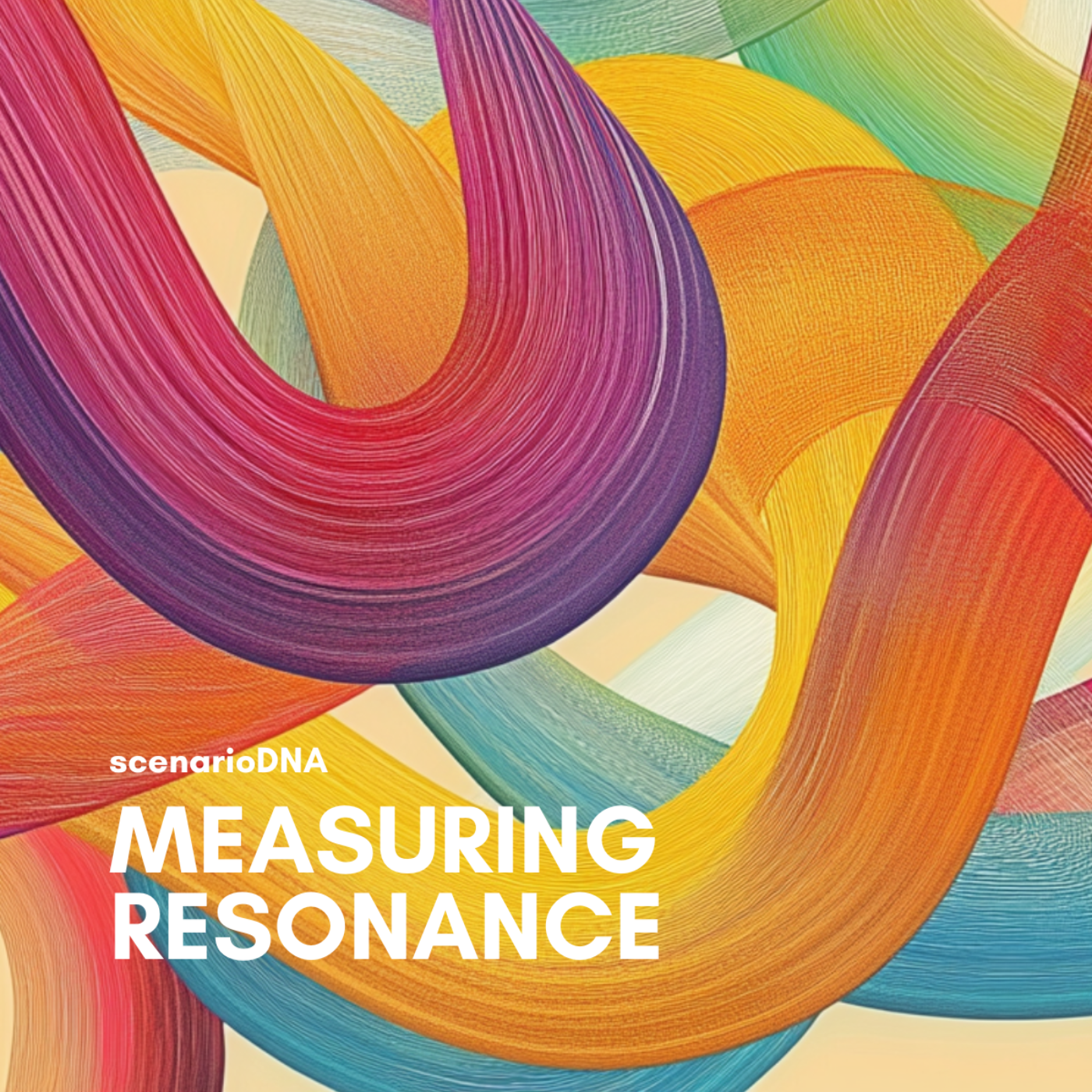
Resonance links emotional, cultural, and systemic connections. Embracing ambiguity and tools like Culture Mapping uncovers deeper insights, fostering adaptive strategies that align with evolving societal needs.
